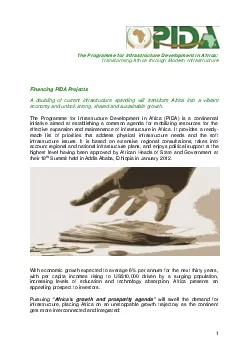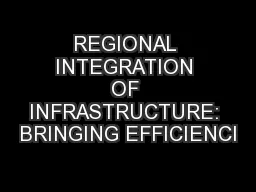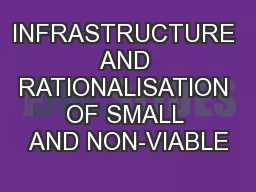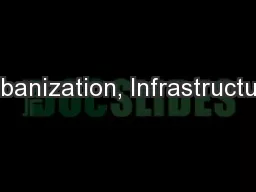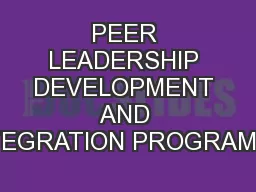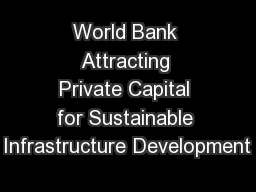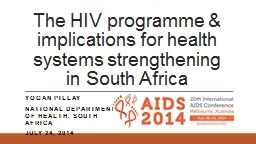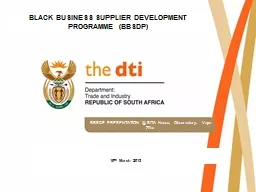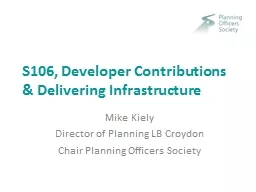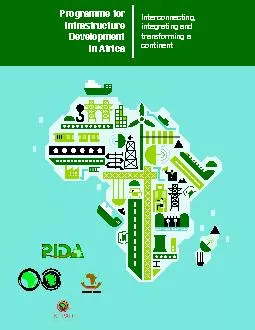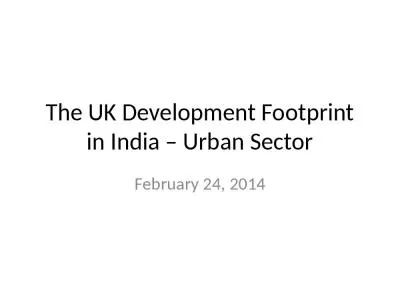PDF-The Programme for Infrastructure Development in Africa
Author : wang | Published Date : 2021-08-18
1Transforming Africa through Modern InfrastructureFinancing PIDA ProjectsA doubling of current infrastructure spending will transform Africa into a vibrant economy
Presentation Embed Code
Download Presentation
Download Presentation The PPT/PDF document "The Programme for Infrastructure Develop..." is the property of its rightful owner. Permission is granted to download and print the materials on this website for personal, non-commercial use only, and to display it on your personal computer provided you do not modify the materials and that you retain all copyright notices contained in the materials. By downloading content from our website, you accept the terms of this agreement.
The Programme for Infrastructure Development in Africa: Transcript
Download Rules Of Document
"The Programme for Infrastructure Development in Africa"The content belongs to its owner. You may download and print it for personal use, without modification, and keep all copyright notices. By downloading, you agree to these terms.
Related Documents

